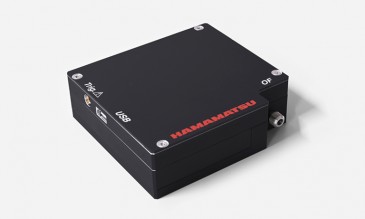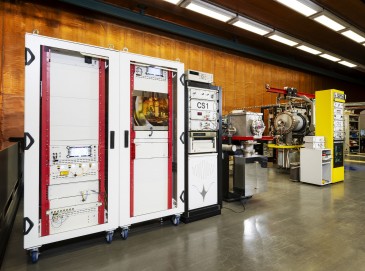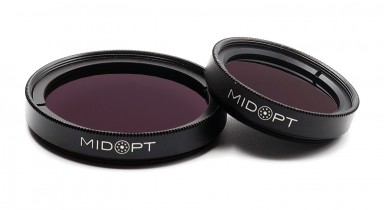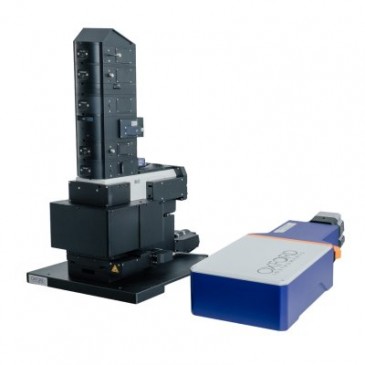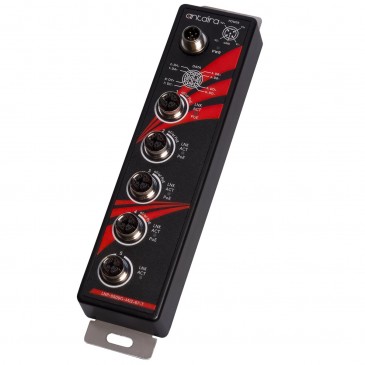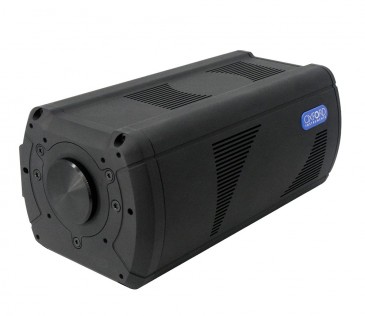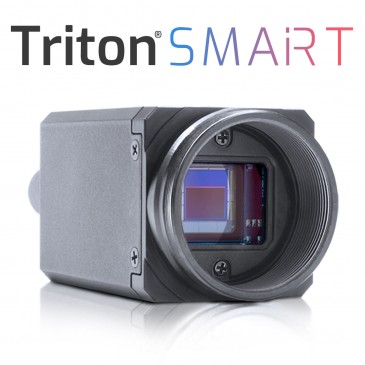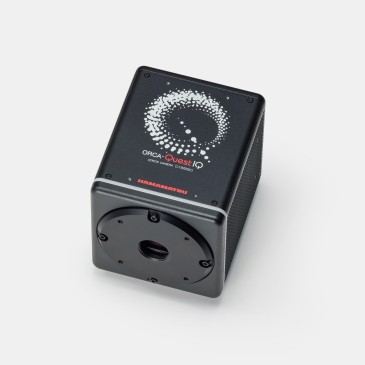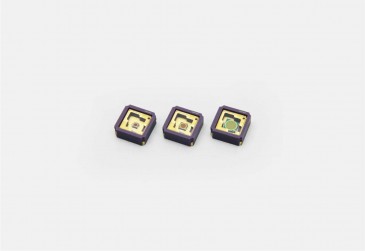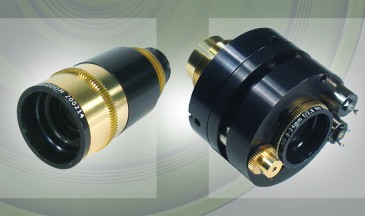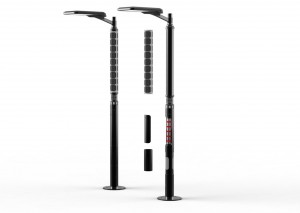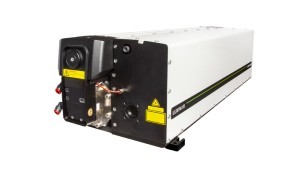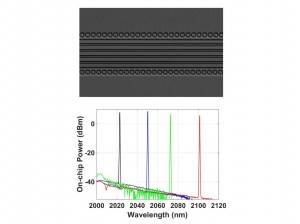
A team of researchers from the Massachusetts Institute of Technology (MIT), Harvard University and other institutions have demonstrated a holmium-doped distributed feedback laser monolithically integrated on a silicon photonics platform.
Broadband 2-µm emission on silicon chips
Laser sources in the mid-infrared range can have a variety of applications in detection, sensing, communication and medicine. Thus, a scalable monolithic light source emitting at above 2 µm is a significant step for silicon photonic microsystems operating in this highly promising wavelength region. What is more, silicon photonics enables these laser devices to be fabricated in standard CMOS processes, which means lower manufacturing costs and the advantages of large-scale production.
Now, these researchers have demonstrated a holmium-doped distributed feedback laser monolithically integrated on a silicon photonics platform. “The gain of the laser is provided by holmium-doped Al2O3 glass deposited through reactive co-sputtering process,” explains Nanxi Li from Harvard´s Faculty of Arts and Sciences and also a visiting student at MIT. “The feedback of the laser is achieved by wafer-scale silicon nitride Bragg grating fabricated in a standard CMOS foundry.”
What is truly new and unique about this laser and had not been accomplished before is that it shows the lasing on silicon wafer beyond 2.0 µm wavelength. "It further extends the emission wavelength of our previous thulium laser work," Li notes. He is referring to the paper “High-power thulium lasers on a silicon photonics platform,” published in the Spring of 2017 in Optics Letters. Li, at MIT at the time, was the lead author, and we covered the work.
Talking about the significance of their laser specifically being monolithically integrated on a silicon photonics platform, Li explains that the monolithical integration is achieved by a single-step wafer-scale deposition process. “Since it is also a back-end-of-line process, the lasing wavelength can be controlled by changing the film thickness,” the expert says.
Silicon photonics breakthrough
This new laser represents a first-time achievement that could indeed have impact on the advancement of silicon photonics: “It demonstrates the first holmium-doped laser on a CMOS-compatible silicon photonics platform,” Li confirms, adding that his team´s research work “further proves the effectiveness of the rare-earth-doped Al2O3 gain medium on silicon.”
Finding the proper holmium doping concentration for the laser
One of the biggest challenges with approach, Li admits, is to find the proper holmium doping concentration for the laser. “At the beginning, only weak lasing is observed due to low doping,” he reports. “To optimize the doping concentration, deposition runs with different doping powers were conducted.” In the end, the researcher and his team were successful in figuring out the doping concentration to give the best lasing power: Using a 1950 nm pump, they measured a maximum output power of 15 mW, a slope efficiency of 2.3% and a side-mode suppression ratio in excess of 50 dB.
The next step
So far, these lasers are operating in continuous wave (CW) regime. Li reveals that in the near future, he and his colleagues want to put significant effort into developing “rare-earth-doped lasers operating in pulsed regime based on this silicon photonics platform.”
This recent research work is detailed in the paper “Broadband 2-µm emission on silicon chips: monolithically integrated Holmium lasers,” published in Optics Express and co-authored by Li as well.
Written by Sandra Henderson, Research Editor, Novus Light Technologies Today






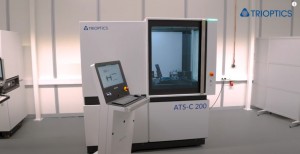
















 Back to Features
Back to Features